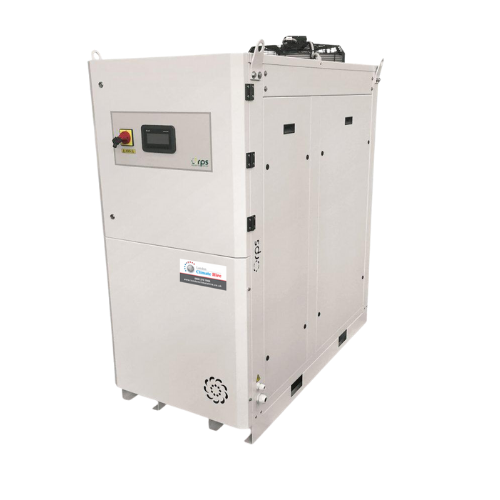As many facility management departments and HVAC service providers prepare to shut down chillers for the winter season, it’s critical to remember to do chiller maintenance. This component of winter maintenance may appear time-consuming, costly, and unimportant as you prepare your facility for the cold months. Still, if you’re thinking of skipping it this year, it’s best to reconsider.
Sediments and leftovers such as muck, slime, sludge, and algae can accumulate in chiller tubing. When left unattended, they can cause inefficiencies that may have a significant financial impact on your business.
Why Is Chiller Maintenance Important?
Chiller maintenance should begin as soon as possible in the winter to allow facility managers to identify and fix major damage before the chiller is forced to restart. By cleaning and maintaining your chiller in the fall, you can minimise headaches and improve the performance of your chiller when it is restarted in the spring.
Chiller Maintenance Winter Checklist
By following these measures, you can ensure that your commercial chiller is working at top efficiency when the warmer months arrive.
-
Clean Chiller Coils
Scale buildup from dirt, moulds and other pollutants puts a lot of strain on chiller coils. It adds weight to the coil as a whole. In addition, poor heat exchange caused by scale accumulation in the coil affects efficiency. This results in increased operating costs and energy consumption.
Because the buildup is gradual, it is also advisable that the coils be cleaned regularly. This helps to keep scales from accumulating. Blow the coils with high-pressure air, or burst any debris in the surrounding area.
-
Check Crankcase and Evaporator Heaters
The chiller system has numerous intricate components that are incomprehensible to non-technical individuals—a few points to remember, including monitoring the crankcase and evaporator heaters.
Regularly inspect the condition and levels of its lubricating oils and refrigerants. Winter is a good time to check the refrigerant level in your chiller to verify it is within the manufacturer’s suggested range. Simultaneously, check the oil level and replenish as necessary.
If they are not operating at normal levels or malfunctioning, the chiller will have to work significantly harder during startup, resulting in excessive wear on the parts.
-
Examine Insulation
The thermal insulation must be in good condition and properly connected to the vessel/piping; no one can afford to lose heat in the cold. It should be inspected for condensate leaks and fixed or replaced as needed.
-
Keep a Checklist or Log
Maintaining a daily log is critical for the proper operation of a chiller plant. This log can be used to keep track of operating conditions such as temperature, pressure, fluid level, and flow rate.
Remote monitoring solutions enable you to conduct regular checks on machines rather than simply once a month or every other month. Additionally, it simplifies the generation of trend reports, which assist in spotting maintenance requirements before they become a problem.
Final Thoughts
By performing routine maintenance on chiller systems, facilities can save money on energy, improve operational efficiency, lower power loads, and save on labour, equipment, and other associated costs. A chiller maintenance program can also help a business achieve its sustainability goals by prolonging the life of the HVAC system and reducing energy use.
When the chiller systems are not in operation, the best time to do routine maintenance is winter or early spring. Clean the chiller tubes according to the manufacturer’s recommendations to avoid scale and silt buildup.
Rent a temporary chiller hire in London today. London Climate Hire offers turnkey rental solutions throughout London, Berkshire, Buckinghamshire, Essex, Hertfordshire, Kent, Surrey, and Sussex. Our Commercial Chillers are among the most efficient pieces of equipment on the market, built and packaged to endure the rigours of being rented. Contact us today!

